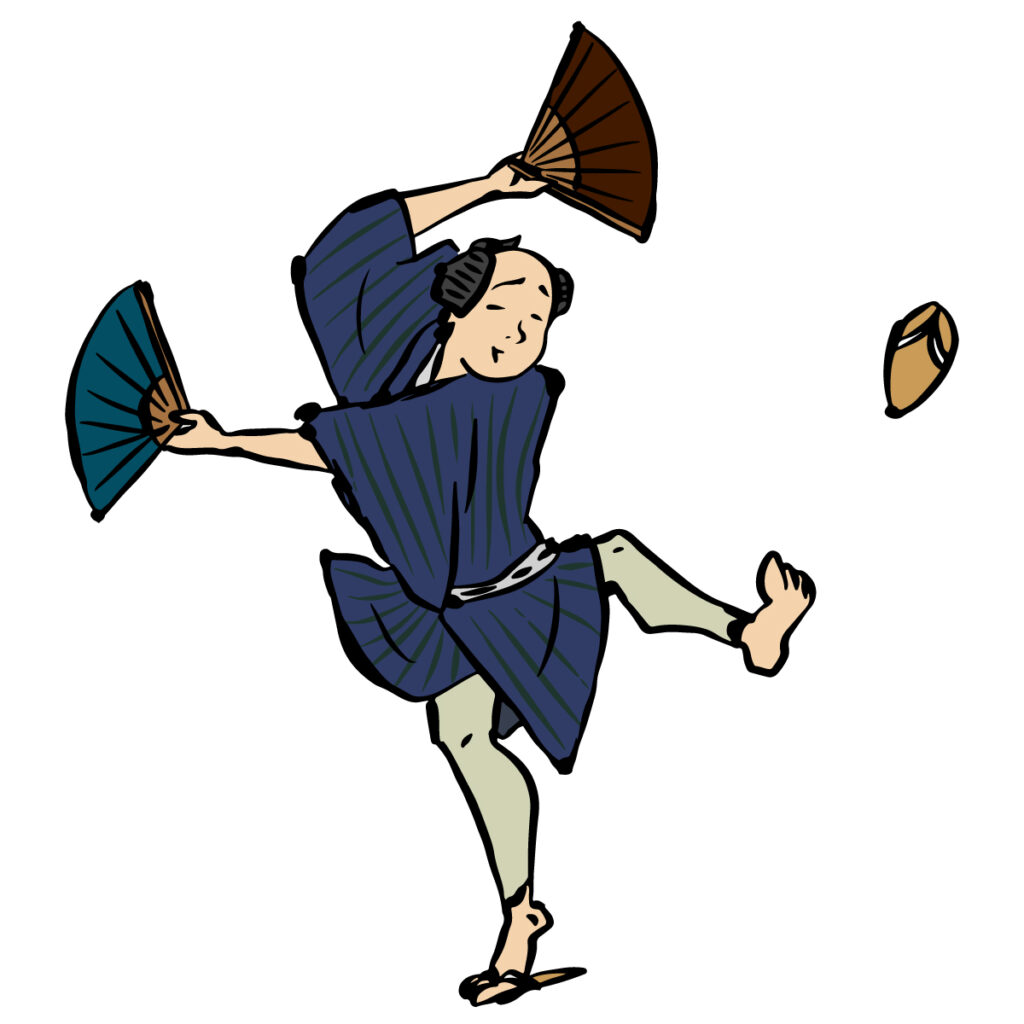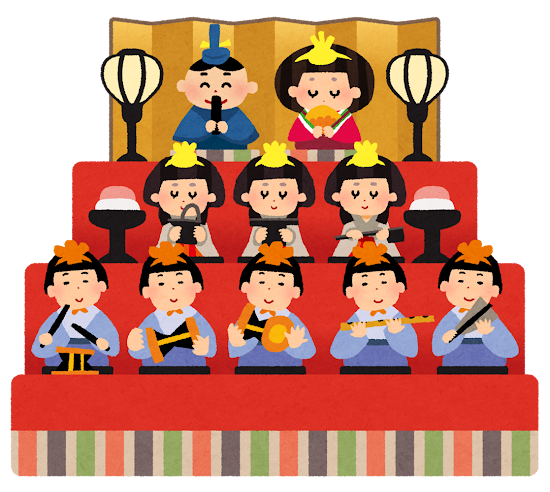Hello! It is a blog How Unique Japan! We always try to share features in Japan through this web.
So, what will come today?
This time, we would like to discuss an ancient holiday for a girl in Japan.
It is Hina Matsuri, the Doll’s Festival in English, on March 3rd.
How are dolls concerned with the holiday?
See the dolls in pictures for the holiday (celebration day).
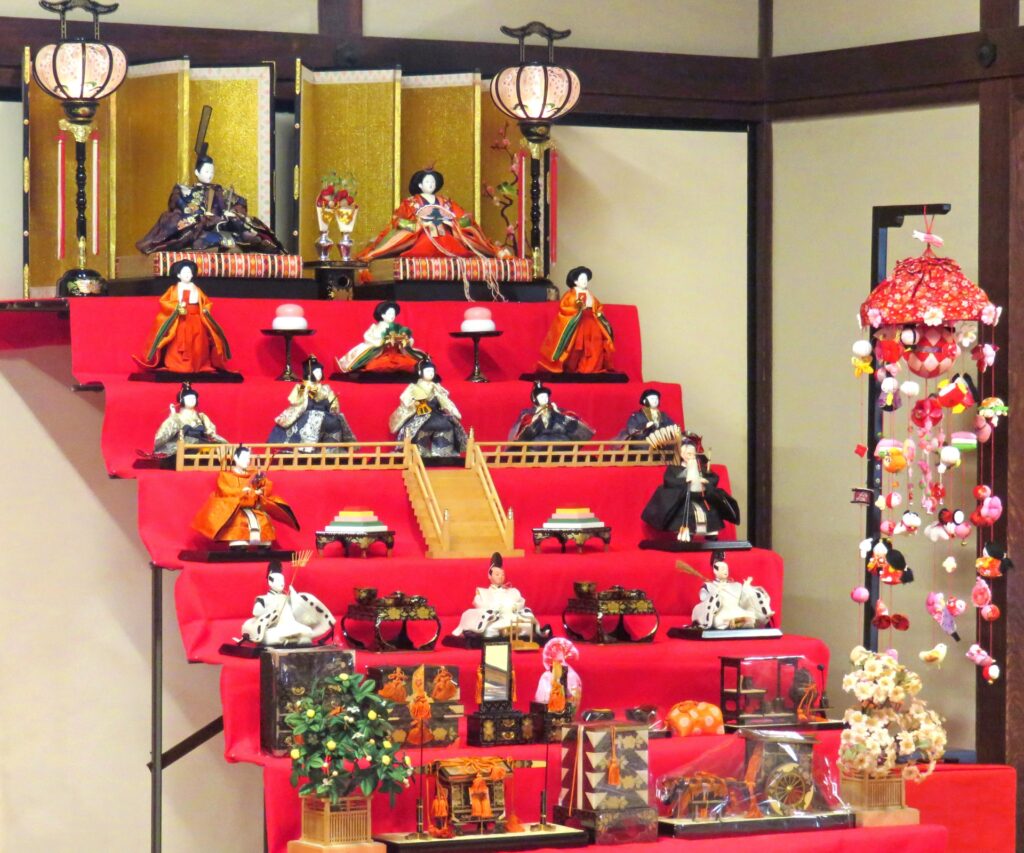
Did you get why the holiday is called Doll’s Festival?
Yes. The feature of the holiday is those beautiful dolls.
Why do the Japanese usually decorate them to celebrate the holiday?
So, we will touch on the history first because it would make it easier for you to understand those dolls sitting on each stand.
History
First of all, the festival concept was from China.
If we call that holiday correct, it would be the Special season of peach flowers.
It is indeed that March (around the northern part of the earth) is for flowers to bloom beautifully everywhere, including peach blossoms.
People in ancient China viewed peach blossoms as beautifully innocent, like a girl.
Then, they connected the idea that the flowers might have the power to purify bad luck or karma with their beauty.
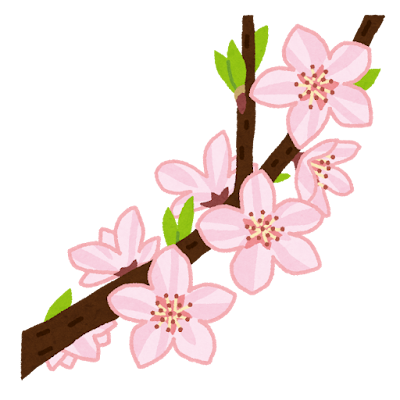
The concept of celebration originated in China over a thousand years ago!
However, the original fes in China did not include the dolls.
In the ancient festival, girls purified themselves around the waterside.
When the celebration day came to Japan, the country was in the Heian era (794 – 1185).
First, the celebration was for just the nobility at that time.
They celebrated their child (girls) being grown with toys, dolls (made of paper), and small furniture.
So, that was similar to the Barbie doll.
However, one difference is their duty.
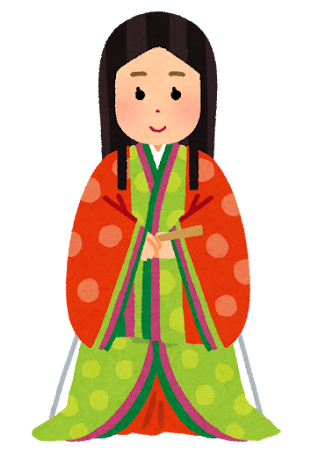
The dolls also should undertake any bad luck or disaster instead of the girls.
So, they are also substitutes.
As the time passed, they were no longer just for toys.
Around the Edo era (1603 – 1868), they became gorgeous for decoration to appreciate and for showing status (around the nobility) simultaneously.
So, they were gradually higher physically, even at costs.
This is why they are still ranked according to their prices.
One more tip about the price.
The photo on the top is slightly above average; we are unsure of its cost.
The average price for the 3rd or 5th stands ranges from approximately $395 to $1,650.

Some of the more expensive models (high-quality), typically those with 7th or 8th stands, are priced mostly over them. The highest one could be $6,590.
OMG.
Who sits on each stand?
1st stand: King & Queen
On the top, the noble couple sit on the stand. They are the Queen and the King.
They are the emperor, Tenno (king), and Kougou (queen).
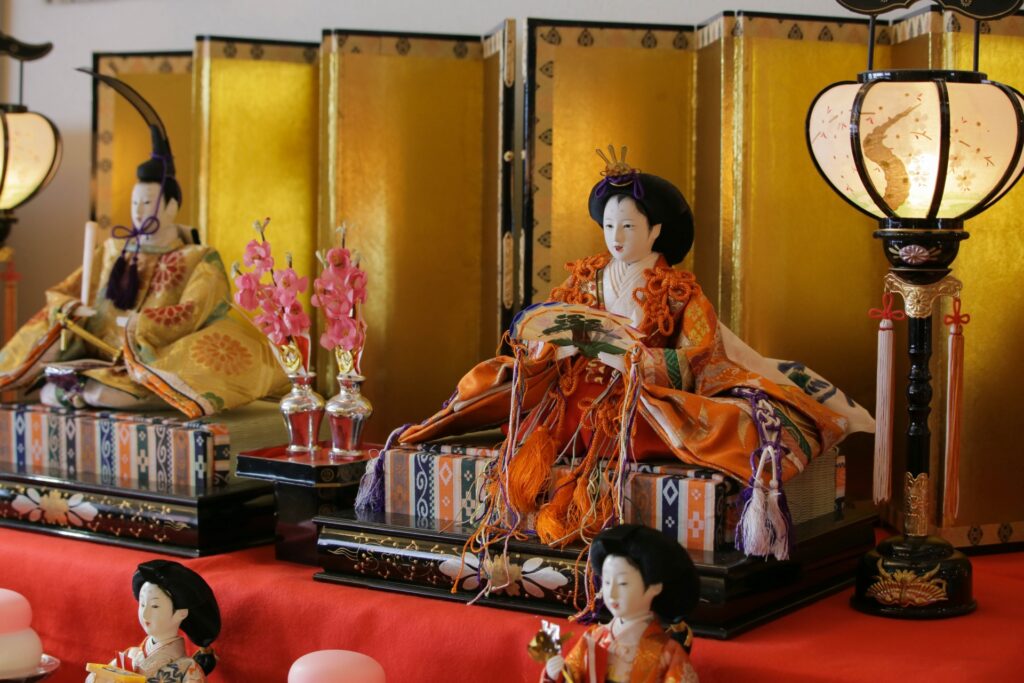
2nd stand: Three official ladies
They are working in the palace for their King and Majesty.
In the middle, she holds a vase with a cup on the surface, and a lady on the left side has a pot for pouring liquid into the cup.
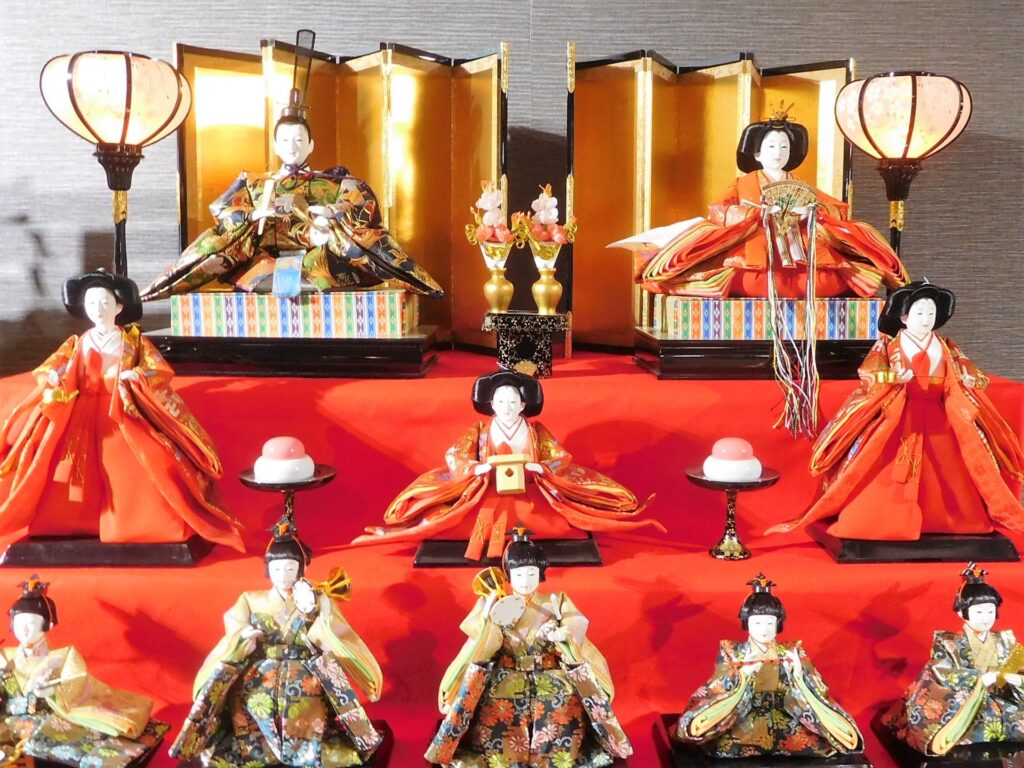
3rd stand: A band of five people
They are a band that creates moods for celebration days.
From the left side to the right, there is a drum—a big hand drum, a small one, a whistle, and a singer.
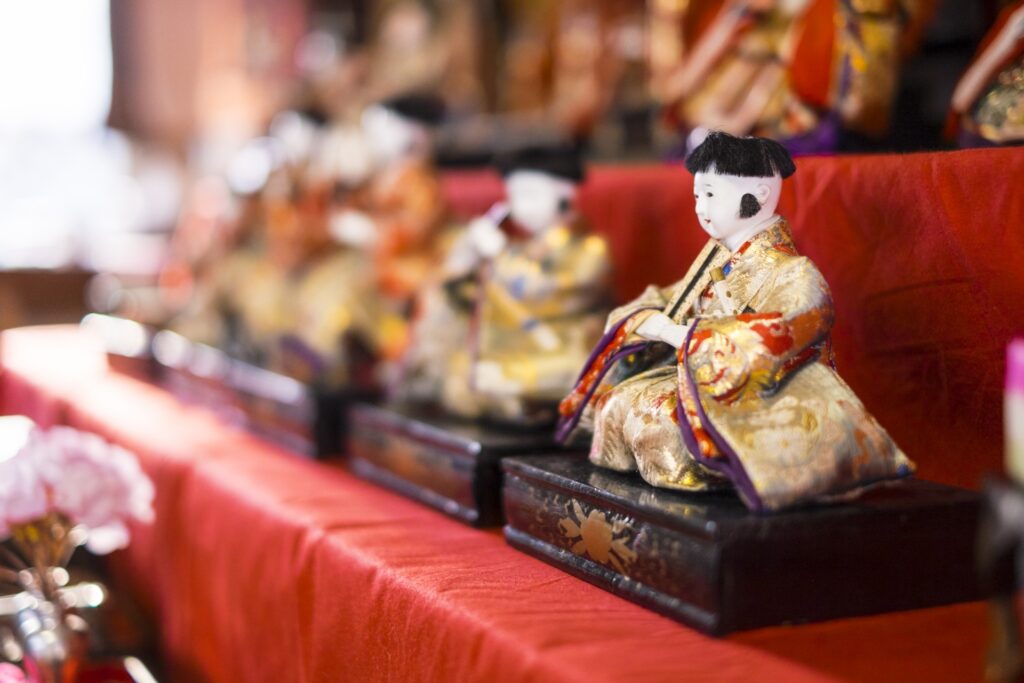
4th stand: Ministers
Both are protectors of the emperors and the palace.
A fun fact. The left minister is drunk because his face is usually red.
Oh silly!
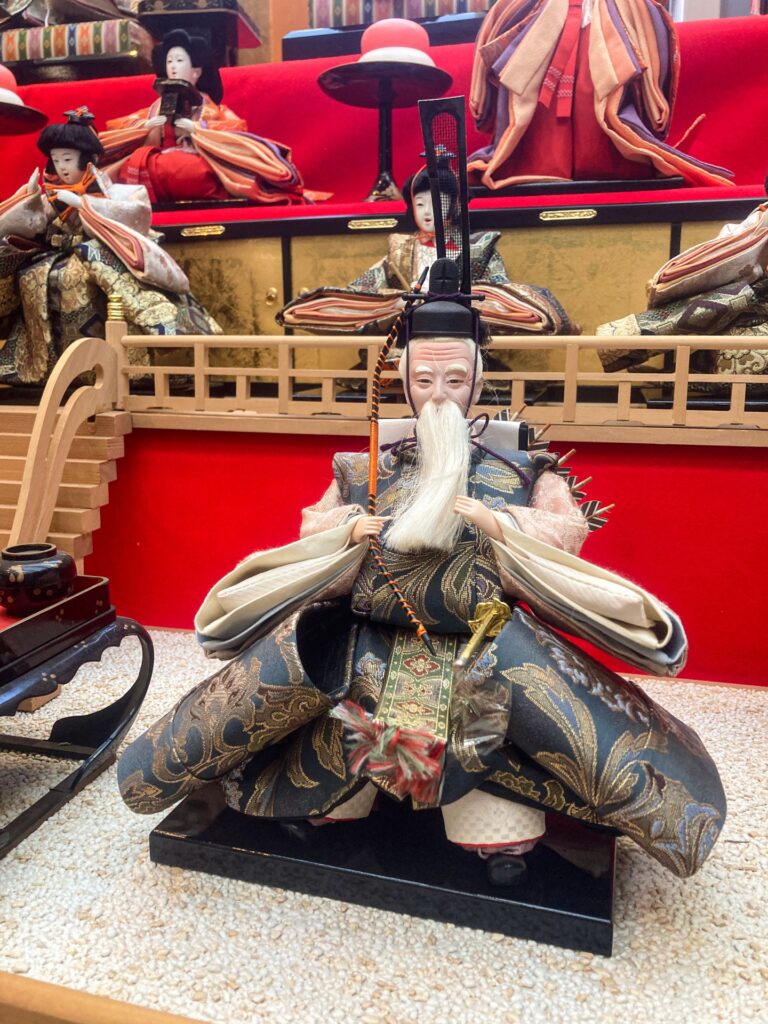
5th stand: Shitei (clerks with multiple duties)
They are for any duties in the palace. Interestingly, each one has a different appearance. From the left side, they show anger, cry, and laugh. (We think they are also drunk.)
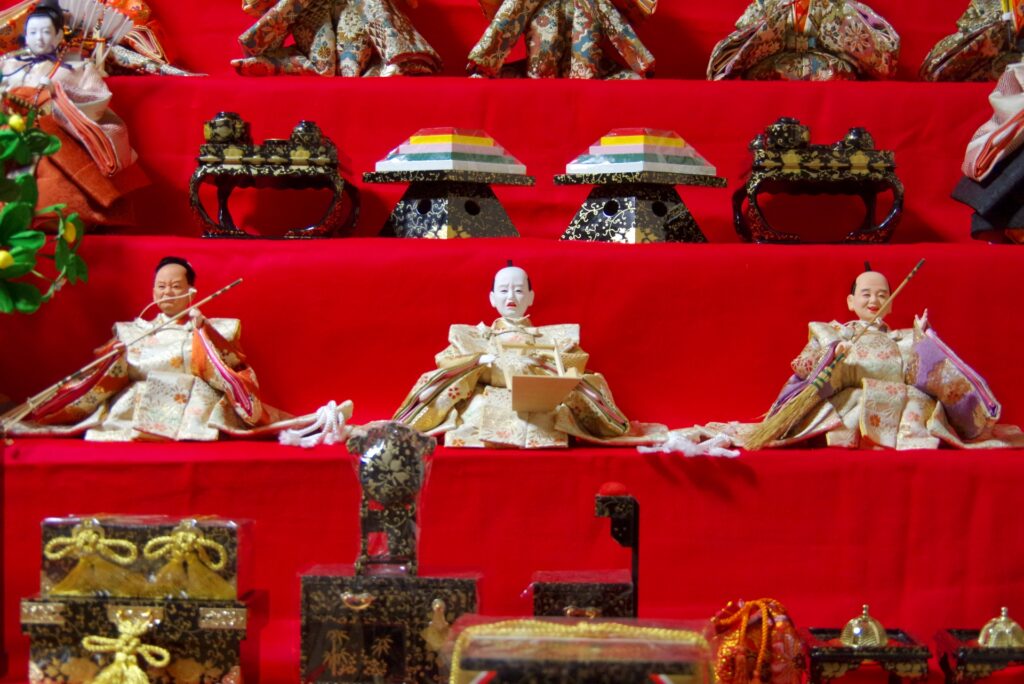
6 to 8th: Mini Funiture
Under 5th, the stands are usually decorated with miniature furniture.
They are the decorations for each stand.
One more fun fact
Our lovely reader might have already expected what situation the dolls celebrate.
So, it is MARRIAGE.
It is why there is a famous rumor still going on now.
Do not keep those dolls out so long otherwise your daughter will miss the good timing to get married.
Oh, it is ridiculous.

To close
It is all today. However, Japan has countless events, if we include unofficial local festivals.
Surprisingly, it would be over 10 million!
Are you still interested in some more uniqueness of Japan?
Then, please try to visit the front page of this site. You might find what you want to know.
Now, we have four categories.
Japanese lifestyle, food, religion, and details of the Edo era.
OK! It is all today! Thank you so much for reading this page!
See you for the next uniqueness!
